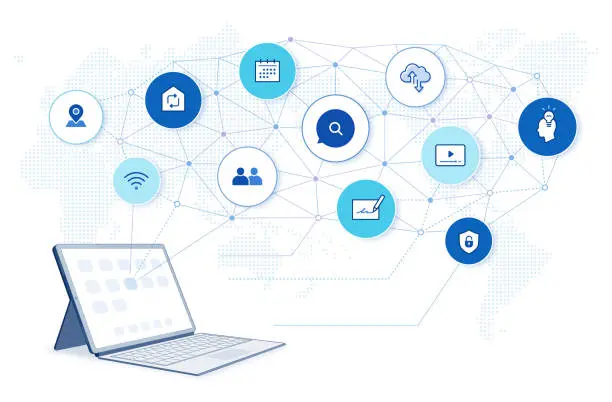
Smart Connectivity for Devices
What is Virtual Desktop Infrastructure?
Virtual Desktop Infrastructure (VDI) is a technology that hosts desktop environments on a centralized server and delivers them to end-users over a network. Instead of installing an operating system and applications on individual PCs or laptops, VDI allows users to access a virtual desktop through thin clients, tablets, or any internet-connected device. This centralized model offers a secure, manageable, and scalable alternative to traditional desktop setups.
Secure and Scalable Networks
Key Benefits of Our VDI Solutions

Enhanced Security
With VDI, data stays secure in the data center with encryption, MFA, and monitoring, protecting against device-level threats.

Remote Accessibility
VDI enables secure remote work with consistent desktop access to files and apps from any location, ensuring seamless user experience.

Centralized Management
VDI allows centralized management of desktops and apps, simplifying updates and patches, reducing complexity, and saving administrative time.

Cost Efficiency
VDI cuts hardware costs using thin clients, boosts resource efficiency, and reduces long-term IT support and maintenance expenses.

Scalability
VDI scales easily, enabling rapid desktop deployment or removal to match business growth—without needing extra infrastructure investment.

Optimized Performance
Enjoy fast load times, seamless multitasking, and quick app access with powerful servers and low latency in our VDI solution.
Seamless Cloud Integration
VDI vs Traditional Desktops
| Aspect | Traditional Desktops | VDI |
|---|---|---|
| Data Storage | Stored locally on devices | Stored centrally in data centers |
| Maintenance | Done per device | Done centrally from management console |
| Device Compatibility | OS-dependent | Platform-agnostic |
| Remote Access | Limited and insecure | Secure access from anywhere |
| Cost | Higher long-term costs | Lower total cost of ownership (TCO) |